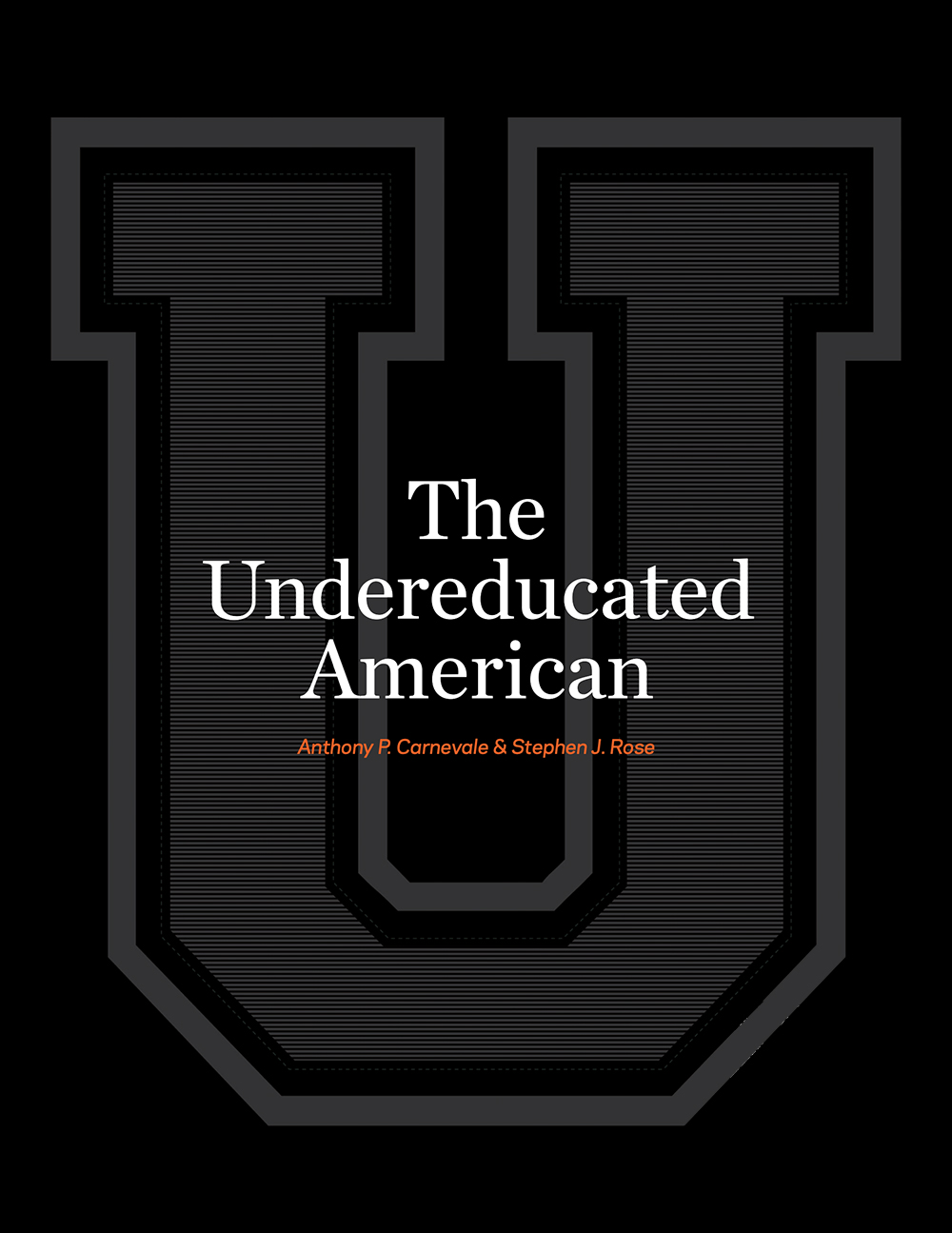The Undereducated American
Using an economic growth model pioneered by noted labor economists, The Undereducated American finds that if we are to make up for lost ground in postsecondary attainment and respond to future economic requirements, we will need to add an additional 20 million postsecondary-educated workers to the economy by 2025. This includes 15 million new Bachelor’s degree holders, 4 million workers with non-degree postsecondary credentials, and 1 million workers with an Associate’s degree.
Key Findings
Resources
The United States has been underproducing college-educated workers for decades. The undersupply of postsecondary-educated workers has led to both inefficiency and inequity.
Adding 20 million additional postsecondary-educated workers over the course of the next 15 years will help us meet the economy’s need for efficiency and reduce income inequality.


